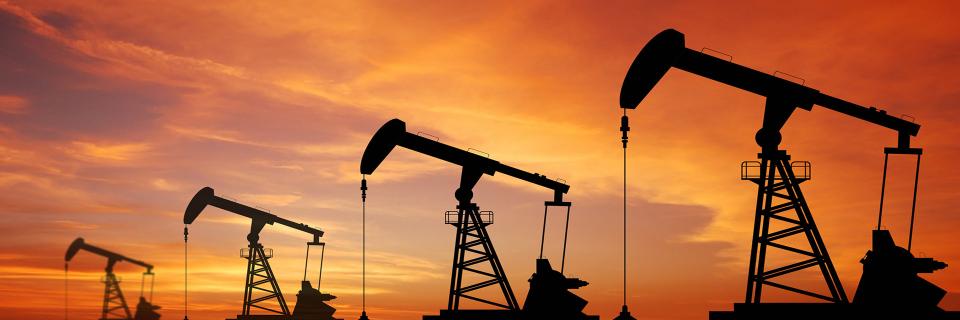
One of Donald J. Trump’s priorities as president has been to lower energy costs for Americans and create more jobs in the energy sector. Trump’s America First Energy Plan pledges to increase wages by more than $30 billion in seven years by casting aside Obama-era regulations and increasing oil, gas and coal production.
Trump has already signed two executive orders that could eventually have a big impact on the oil and gas industry. In January, he reopened the Keystone XL and Dakota Access oil pipelines, controversial projects that had been blocked or delayed under President Obama. In April, Trump signed an order allowing for energy exploration and offshore drilling along U.S. coastlines.
Both orders set the stage for more crude oil production, but it may be years before they become game-changers for oilfield services companies. Here are the reasons why:
Oil Prices are Low
Today, the price of crude oil hovers around $49 a barrel. Oil prices are up from a year ago, but still down significantly from 2014, when oil topped $100 a barrel. While the U.S. rig count has started to increase again, the oil & gas industry is still recovering from a crash that led to many bankruptcies and the loss of over 200,000 jobs.
Currently, a glut of domestically produced oil has helped keep prices low. Until that inventory decreases and prices rise, oil companies will have little incentive to spend money on more exploration and production.
Regulations are Not the Main Issue
While oil companies have applauded Trump’s efforts to slash federal regulations, market forces are a much bigger factor than government oversight. Industry experts say that swings in the price of oil far outweigh the few dollars per barrel of costs related to environmental regulations.
“Regulation is a hassle. It’s a secondary factor at best,” said Mike Wittner, global head of oil research at Societe Generale, in a recent interview with CNNMoney.
Offshore Drilling Takes Time
Even with Trump’s order to open U.S. coastlines to more offshore drilling, it will take several years to build more drilling sites. The exploration of deep sea oil reserves is expensive and complex. Securing oil leases from the federal government to drill offshore can take years. Finally, there will be legal challenges from environment groups and states that are concerned about the impact on tourism. At this point, oil producers may be reluctant to spend the time and money on offshore exploration.
Demand is Currently Being Met
Trump has taken steps to open more federal lands to drilling. However, the energy sector is currently focused on pumping oil from private land in shale hotbeds like the Bakken Formation in North Dakota and the Permian Basin in Texas. The opening of the Dakota Access Pipeline will unleash crude oil that has been trapped in the Bakken shale play.
Future growth in oil production is likely to come from shale in Texas and North Dakota, but market conditions indicate that oil demand in the U.S. and overseas is currently being met. The opening of the Keystone XL pipeline, which Obama blocked and Trump has now approved, may be further delayed due to a lack of intertest from oil producers in North Dakota and Montana.
Sources: TheStreet.com, The Washington Times, Money.CNN.com, Bismark Tribune